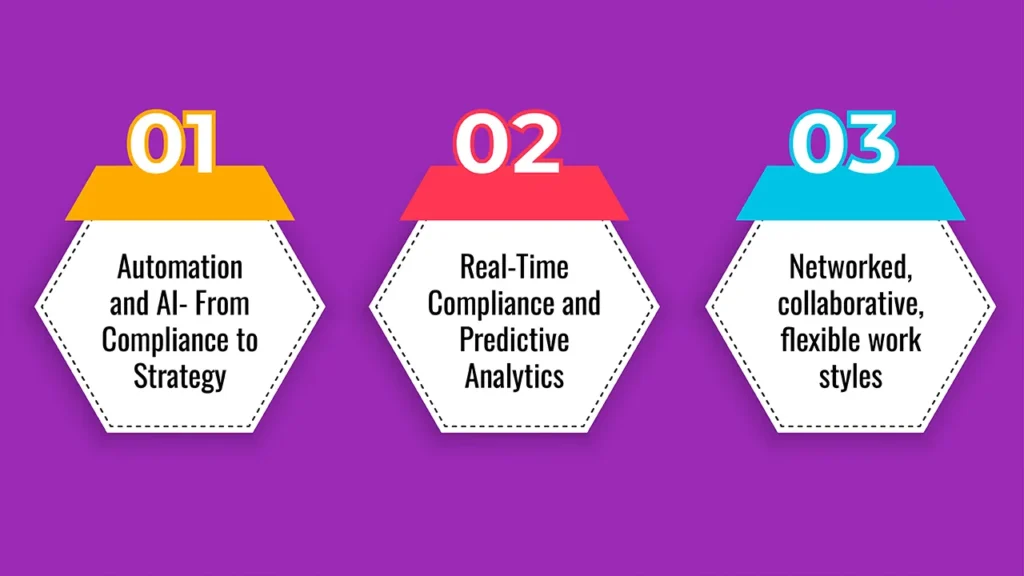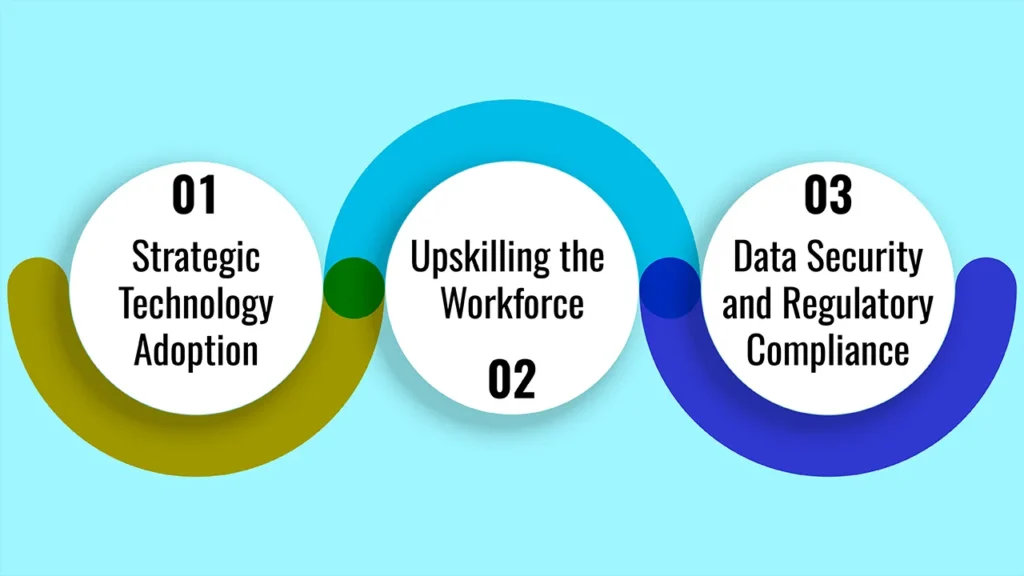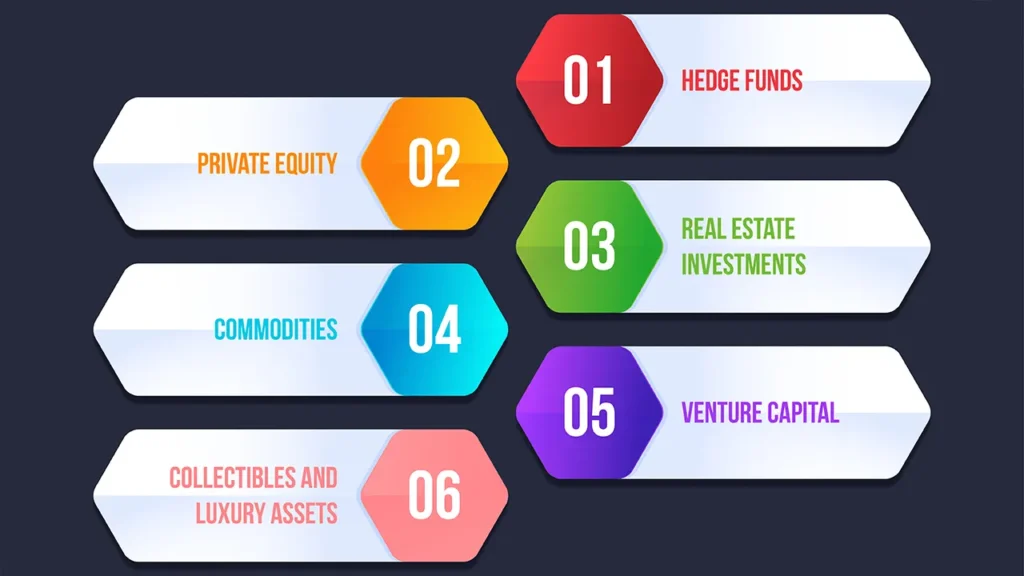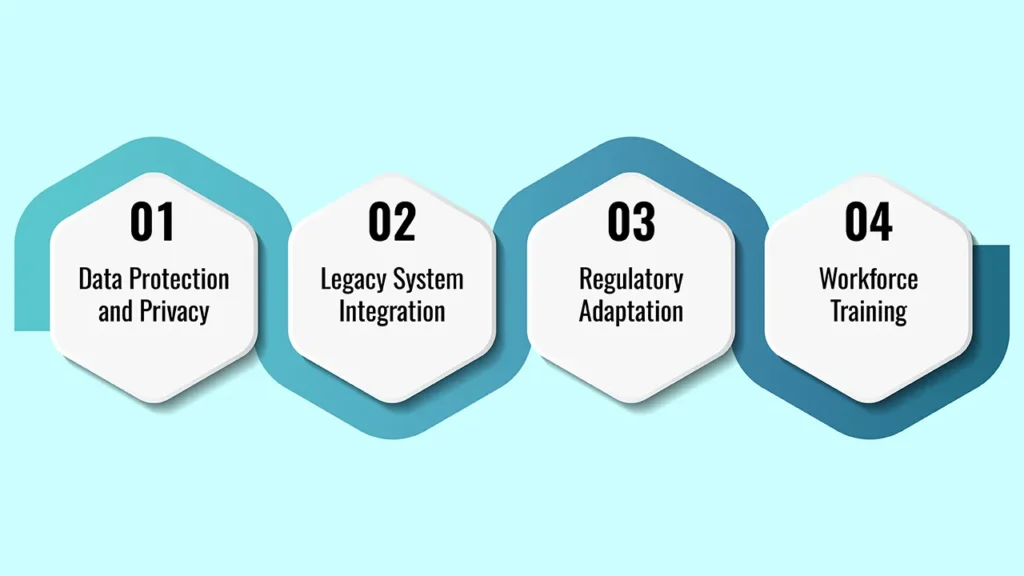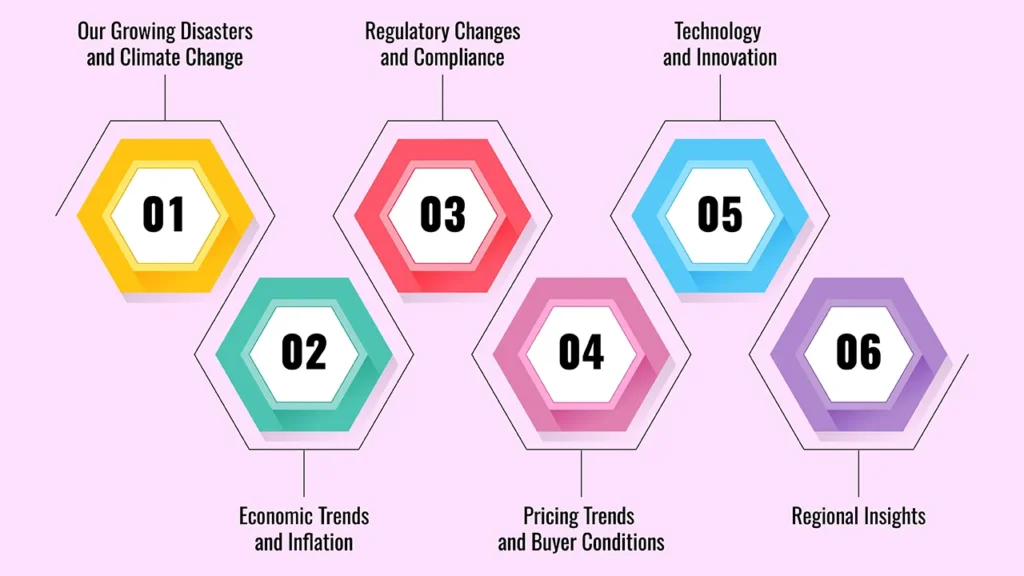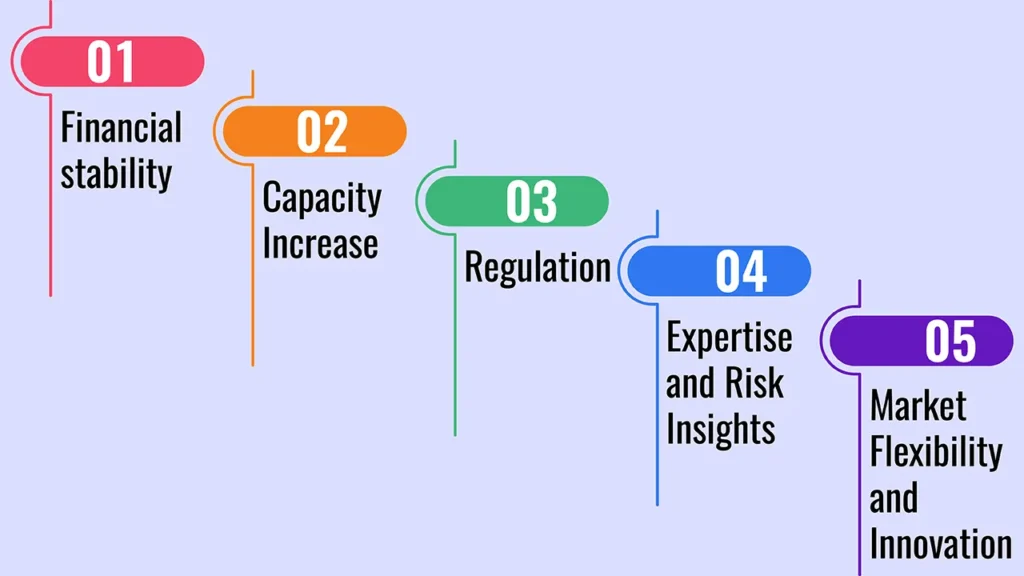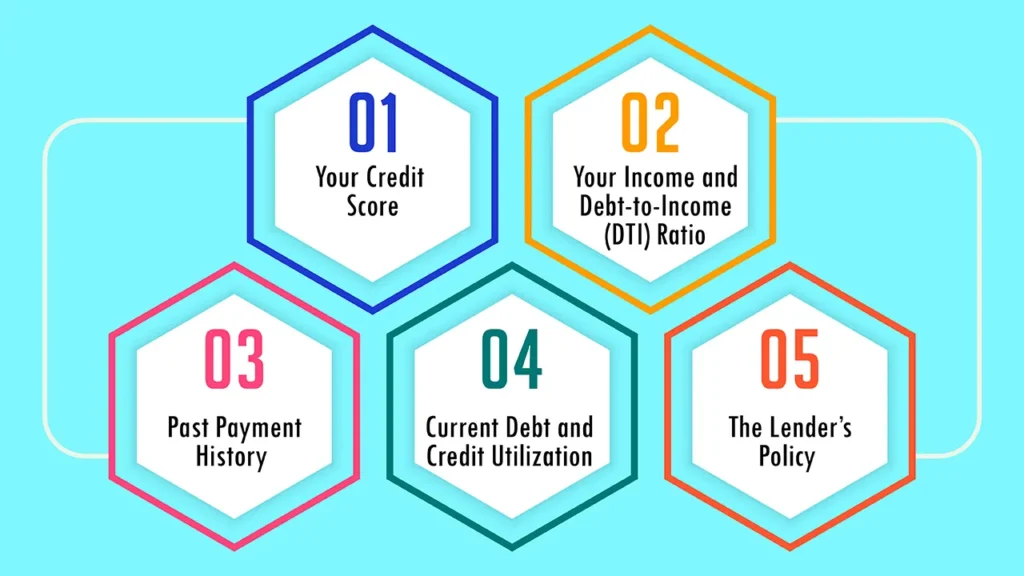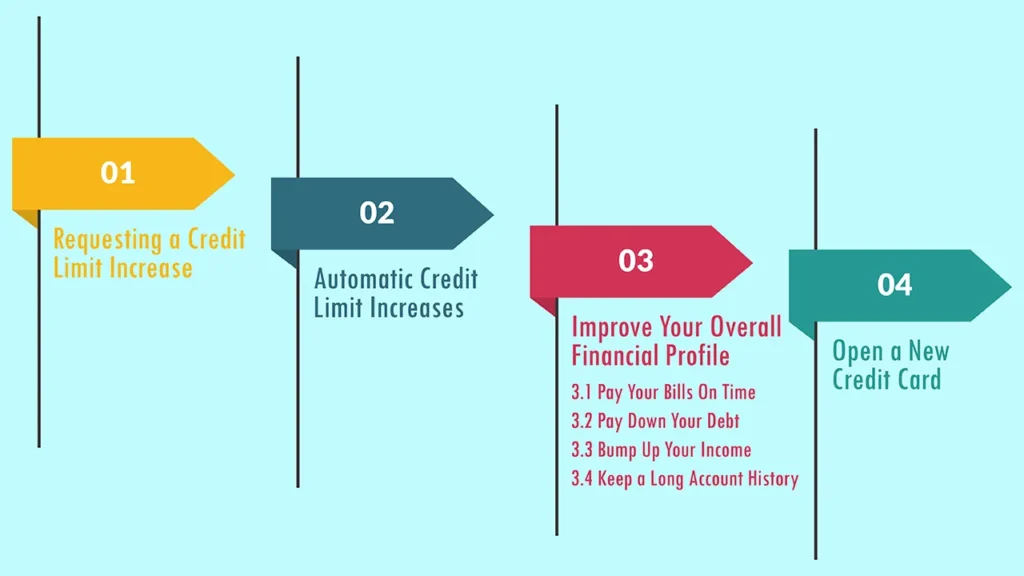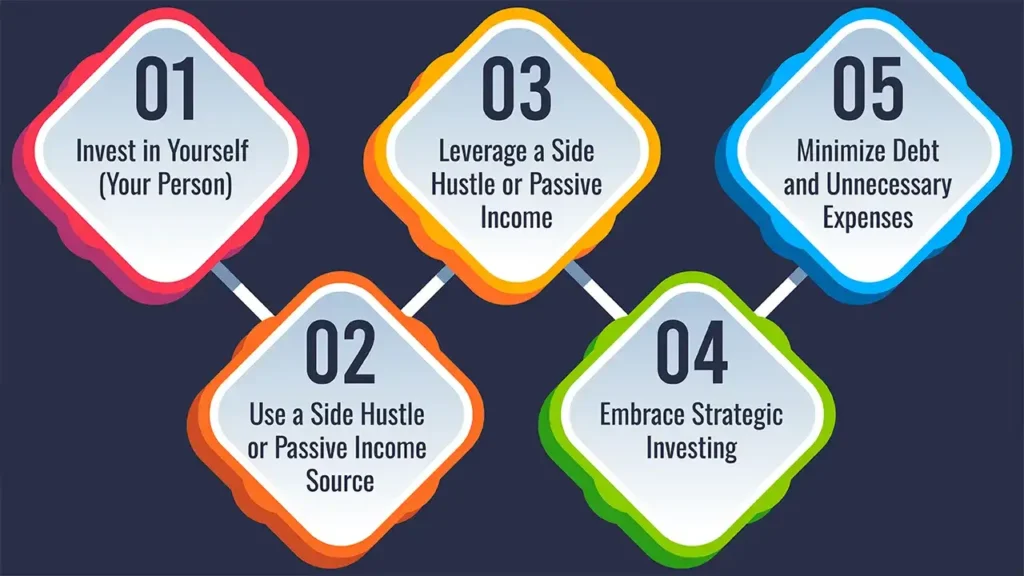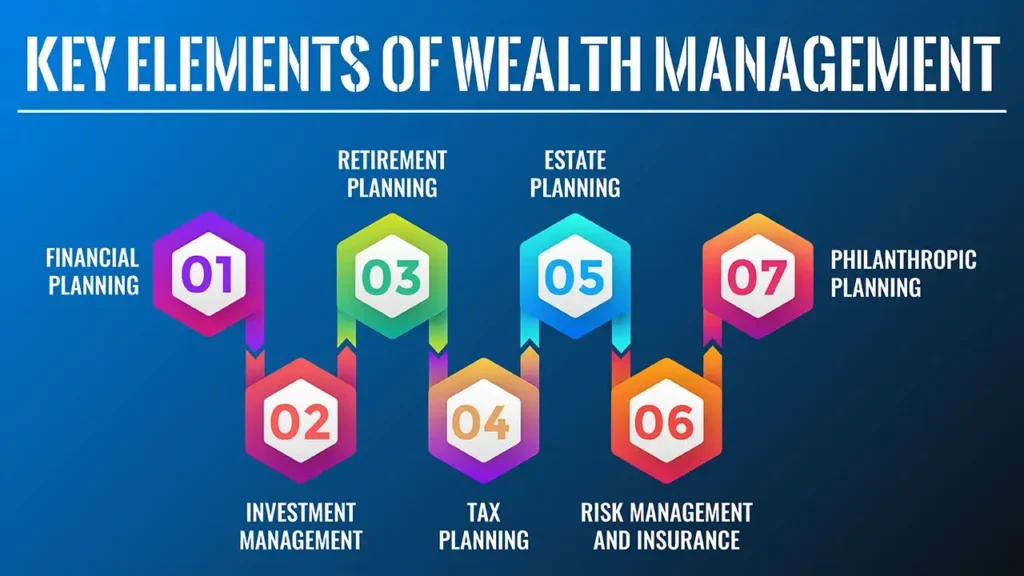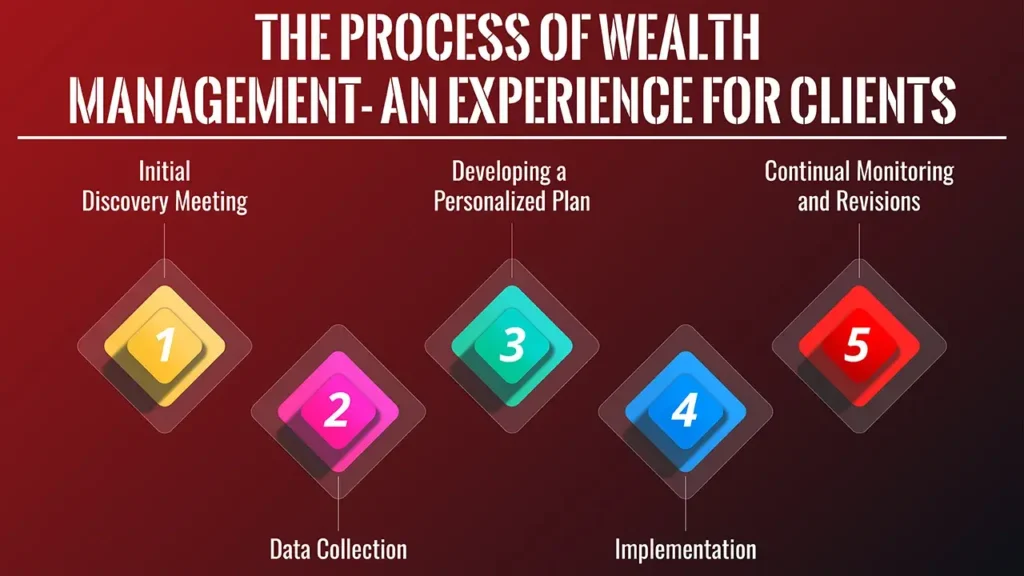It’s 2025, and the world of global tax policy is undergoing seismic changes. Multinational enterprises face a world redefined by new minimum tax rules, digital services taxes, domestic reforms, and growing regulatory scrutiny.
Navigating these changes successfully will require both agility and strategic planning and early collaboration with tax advisors. Clients may not have learnt in 2025 to zero in on their risks, seize their opportunities and block out the noise.
The BEPS 2.0 Effect – Pillar One and Pillar Two
The OECD’s Base Erosion and Profit Shifting era 2.0 (BEPS 2.0) carries influence above and beyond the international tax landscape.
Here are its two pillars, which reform how the profits of global companies are taxed:
- Pillar One is designed to shift taxing rights across countries, focusing on large, very digitalised firms.
- Pillar Two introduces a global minimum effective tax rate of 15% on MNEs meeting defined revenue thresholds.
Pillar Two: A Global Quiltwork in Action
Pillar Two rules have applied since 2025 in almost 50 jurisdictions, including large economies such as the EU, where provisions have been in place since late 2023. However, adoption is uneven:
- The United States did not sign up to Pillar Two and is now challenging whether the two proposals are a good fit with its own domestic tax policy. Political and legislative opposition could also obstruct or modify U.S. companies’ compliance.
- Other countries are monitoring the U.S. response and may postpone or adjust their own Pillar Two plans.
- In such an environment of uncertainty, a company that is exposed to international jurisdiction has to compute its effective tax rate and post-tax income tax expense, reporting it to all countries adopting Pillar Two.
Key advice: Companies will need to invest in technology and data management to monitor and report on global minimum tax obligations — and be prepared to adjust as rules change or new safe harbours come to pass.
Pillar One: The Future of Digital Taxation Is Still Uncertain
There is no Pillar One agreement in 2025. The discussion revolves around the modalities for reallocating taxing rights for digital and big consumer-facing businesses (the so-called “Amount A”) and for simplifying transfer pricing on routine marketing and distribution activities (Amount B).
- And without a Pillar One agreement, an increasing number of countries are implementing their own digital services taxes or threatening to act on their own.
- This leads to a cumbersome and double taxation risk-inducing reality, which increases costs of compliance and disputes.
Key advice: Companies with a large digital or cross-border presence should map exposure to digital services taxes and remain attuned to new local rules, as well as prepare to manage (and perhaps challenge) double taxation risk.
Regional Evolution: India’s GST 2.0 and US Tax Reform
India: The GST Recast For Simplicity & Growth
India’s GST Council ratified the significant indirect tax reform (GST 2.0) on September 22, 2025. Key changes include:
- Consolidation to a two-tier tax slab; 5% and 18%, from the earlier complex multi-rate structure.
- Entire GST exemptions for dozens of essential items, health and life insurance premiums.
- A new 40% rate for luxury and “sin” goods.
- Administrative measures such as easy registration, faster refunds for exports and easier compliance for small and medium enterprises.
Key advice: Both local and multinational companies operating in India need to revisit pricing, supply chain and compliance strategies to benefit from the reduced complexity and maximise input tax credit utilisation under the new regime.
U.S. Tax Policy: Political Uncertainty and Tariff Threats
The U.S. is poised at a crossroads in 2025:
- The incoming administration has expressed scepticism of BEPS 2.0, especially Pillar Two, and it could advocate for countervailing taxes or tariffs if U.S. firms suffer harm abroad.
- Weighing techniques to manage expiring tax credits and certain provisions of the 2017 Tax Cuts and Jobs Act (TCJA), including the effect on R&D, interest and deductions, and global intangible low-taxed income (GILTI) taxation.
- Fresh tariffs — some broad — could be imposed quickly, rejiggering global supply chains and cost structures for companies that export into the United States.
Key Advice: U.S. and multinational clients should avoid building an overly sophisticated international tax strategy or model, refuse to scenario-plan for legislative change, ignore tariff risks and wait until the chaos subsides (or 2020 presidential election results come back) to make changes to global tax and supply chain strategies.
Transfer Pricing and Double Taxation
Transfer pricing rules are being reconsidered on a global scale as Pillar One remains uncertain and more digital services taxes are being adopted. Pillar One Amount B for routine distributors with simplified pricing is elective and will have asymmetric uptake.
This in turn may lead to inconsistent practices across countries, necessitating businesses to carefully observe local enforcement and adapt their documentation accordingly in each location.
Disputes and audits will rise, and more firms can expect intercompany transactions that are adjusted or penalised.
Key Advice: Sound transfer pricing documentation and knowledge of the shifting local landscape, combined with the willingness to engage in audits or mutual agreement procedures (MAPs), are a must-have for global businesses in 2025.
Steps an Advisor’s Clients Should Take in 2025
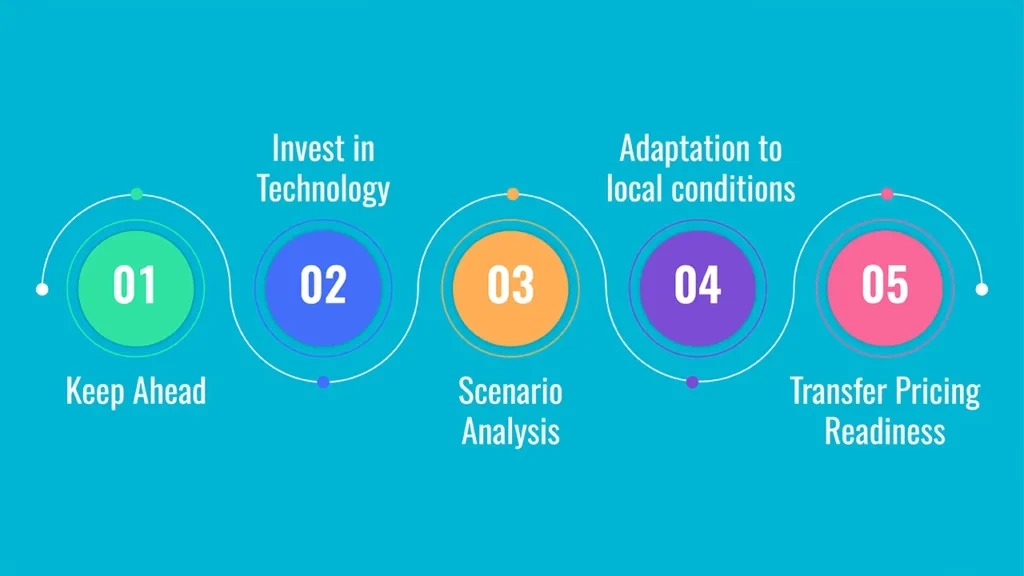
- Keep Ahead: Follow the changes in policy around the world and try to lead, not follow.”
- Invest in Technology: Update tax data systems to manage compliance with complex, multi-jurisdictional reporting (specifically related to Pillar Two).
- Scenario Analysis: Partner with advisors to model the impact of policy changes, sunsets of incentives, and potential tariff manoeuvres.
- Adaptation to local conditions: When Puneet is taxed in India, Europe and the United States, local tax adjustments take place.
- Transfer Pricing Readiness: Have current and well-documented transfer pricing positions to resist challenges and prevail in litigation.
Frequently Asked Questions
1. What does BEPS 2.0 mean for multinationals in 2025?
BEPS 2.0 proposes a minimum 15% global tax (Pillar Two) in many of the countries and potentially reallocates taxing rights towards digital or highly profitable businesses (Pillar One).
This will give rise to new compliance obligations and could lead to increased global tax costs or double tax exposure if local and worldwide regimes are out of sync.
2. What are the implications for foreign businesses from India’s GST 2.0 reform?
India’s streamlined GST (it has just two main rates now, plus more exemptions and quicker refunds) reduces the cost of indirect taxes on many essentials, simplifies compliance and disincentivises off-the-books activity.
These also suggest decreased barriers and enhanced predictability in one key market, India, for foreign-invested enterprises.
3. What are the challenges companies will be facing with respect to global tax policy changes in 2025?
Companies need to account for different transition timelines, possible retaliatory tariffs (especially from the U.S.), the risk of double taxation in cross-border disputes on digital taxes, and continued uncertainty on essential rules, like Pillar One.
Flexibility, investment in technology and working closely with tax advisers are key to global compliance.




